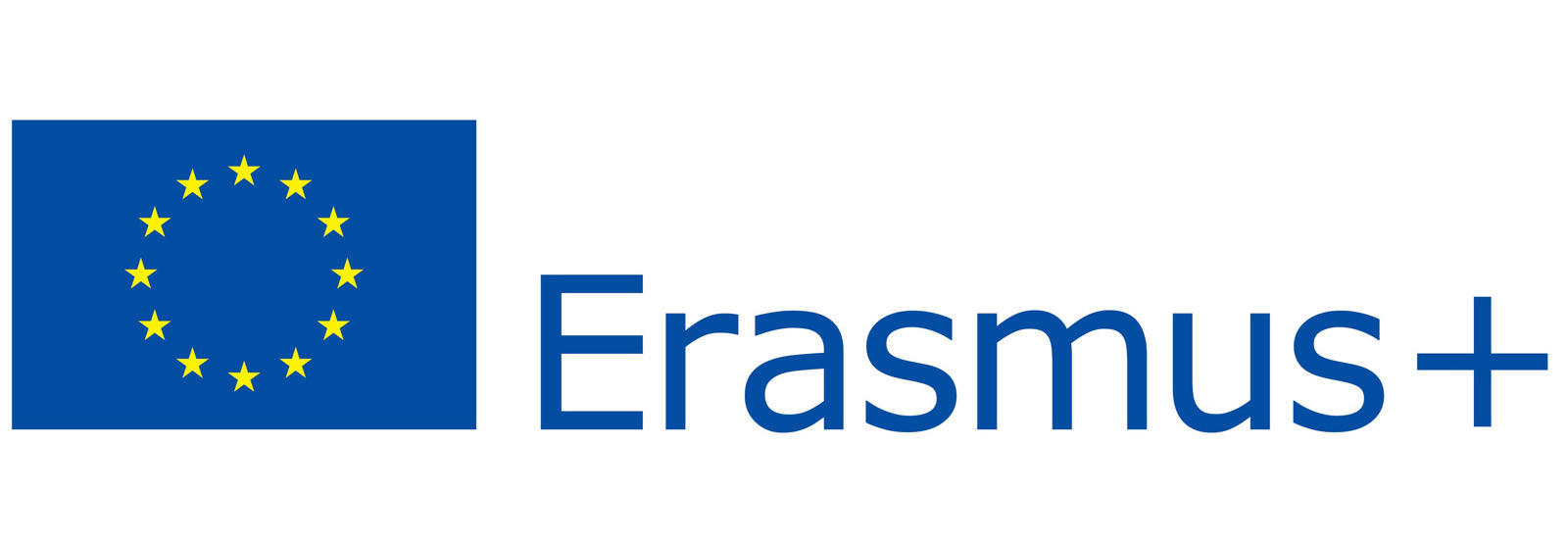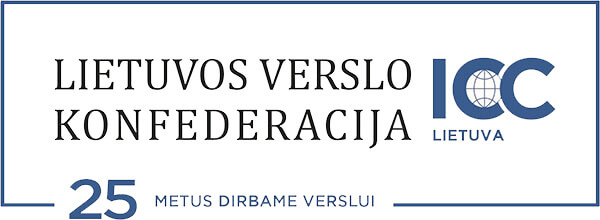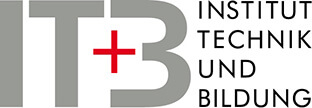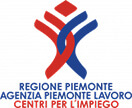Communication in the WBL

About Course
The intent is to provide basic elements of verbal, paraverbal, and nonverbal communication skills.
Verbal communication
Verbal communication is made up of the words we use when we speak or write, and it is also normally the level we are most aware of, the one we pay the most attention to.
When we have to express ourselves, in fact, we try to choose our words carefully, adapting the register to our interlocutor: if we are in a formal context, we will use more polished language; if we are speaking in an informal setting, we will use more colloquial jargon. In general, we try to construct the speech so that it is clear and understandable, as well as persuasive, and to arouse interest and curiosity in the interlocutor.
Paraverbal communication
The second level of communication is the paraverbal level, which is how we say something.
In oral communication, the indicators are tone, speed, timbre and volume of voice. In written communication, we have, for example, punctuation and length of periods, elements that give the text rhythm and speed.
Compared to the first level, we are less aware of these aspects. If it is normal to prepare a speech or to choose some words instead of others, it is less usual to decide the tone of voice or the timbre. This is done by communication professionals, while non-professionals use paraverbal communication naturally, without paying particular attention to it.
Non-verbal communication
The third level concerns the non-verbal, that is, all that is transmitted through one’s posture, one’s movements, the position one occupies in space with respect to the interlocutor, but also the way one dresses.
Non-verbal language is also present when we communicate in writing: if we write by hand, the handwriting or the type of paper used can reveal our state of mind or the care we have taken in drafting the message; in an email, the type of font, the color, the possible use of images are important indicators.
Again, we are not always aware of how much these elements reveal something about us and, conversely, how important it is to know how to read them in order to better understand who is in front of us.
Course Content
Communication
-
1.1
Learning assessment
Feedback session
Community of Practice
Student Ratings & Reviews













